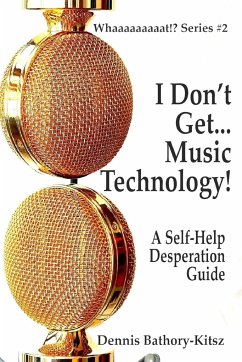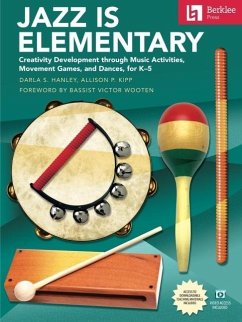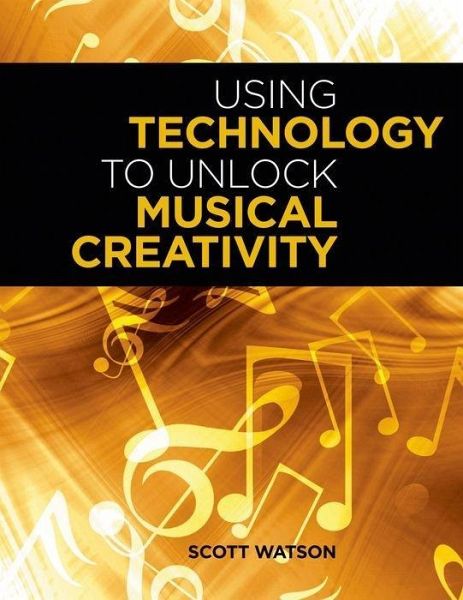
Using Technology to Unlock Musical Creativity
Versandkostenfrei!
Versandfertig in 1-2 Wochen
60,99 €
inkl. MwSt.
Weitere Ausgaben:

PAYBACK Punkte
30 °P sammeln!
Using Technology to Unlock Musical Creativity offers both a pedagogical framework and a description of the technology tools for engaging students in creative musical projects.




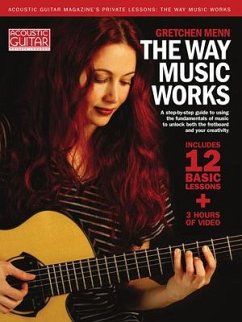
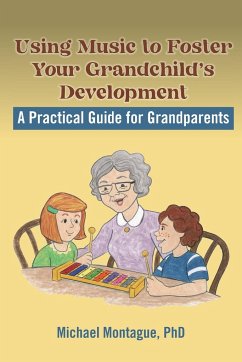
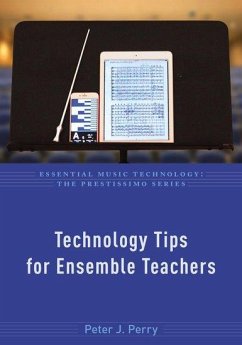
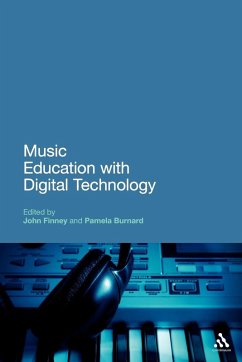
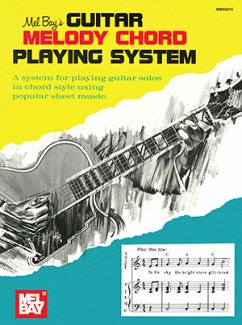
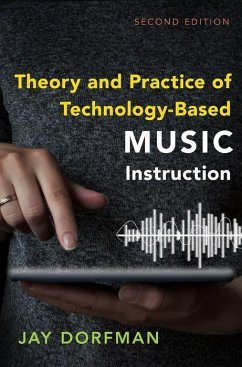
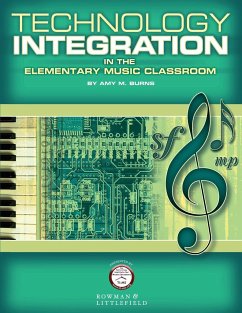
![Catalogue of the Nordheimer Circulating Library of Music [microform]: for Pianola, Metrostyle-pianola and Pianola-piano and All Piano Players Using th Cover Catalogue of the Nordheimer Circulating Library of Music [microform]: for Pianola, Metrostyle-pianola and Pianola-piano and All Piano Players Using th](https://bilder.buecher.de/produkte/66/66163/66163563n.jpg)
